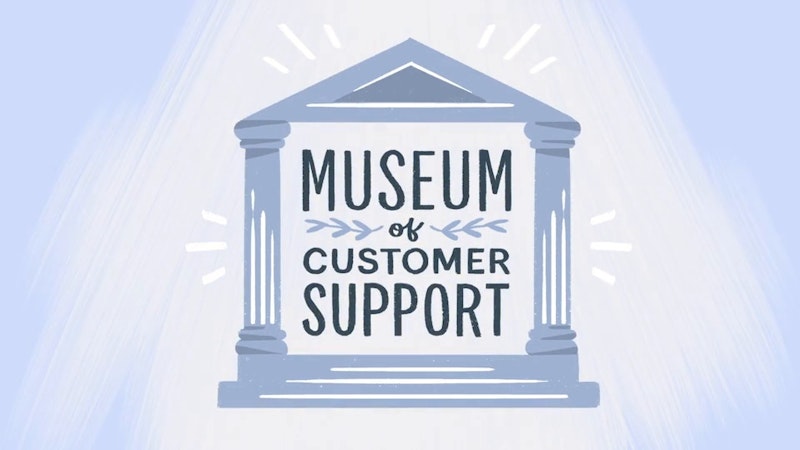Museum of Customer Support: Ancient Fast Food
This ancient Roman fast food outlet can teach us how to think clearly about our online customer service today.
Hosted by:

Mathew Patterson
Customer Service Educator

Hosted by:

Mathew Patterson
Customer Service Educator
This post is part of The Supportive, Mathew Patterson’s column for customer service professionals. Learn what The Supportive is, or browse through all of the posts from this series.
According to “The World’s 50 Best Restaurants,” Noma in Copenhagen, Denmark, topped the list in 2021. It won in part for its “duck dish of leg, brain and heart served with claw, feather and beak.”
Wherever you are eating dinner tonight, chances are it won’t be at Noma. Not only because of the location (or the beaks), but because the “best” food choice is so highly personal and contextual. Sometimes all you want is something quick and easy.
That is why fast food has been with us for so long. In this video, we get a glimpse at the Thermopolia of Ancient Rome, recently uncovered after being buried in the catastrophic eruption of Mt. Vesuvius in A.D. 79. The 20,000 residents of Pompeii had many convenient spots to eat spread throughout the city.
Then and now, when we choose how and where to eat, we balance many more factors beyond the food itself. The location, the price, the cuisine, the ambience, and the speed all factor in. That’s why full-service restaurants can coexist with fast food outlets, meal kit providers, street stalls, and food trucks.
Similarly, online customer service can come in many different forms. The same information could be delivered via email, telephone, live chat, messaging, in-app help, and self-service. The theoretical best method depends on the unique combination of the information itself, the customer and their own context and preferences, the company and its capabilities, the time of day, and endless other factors.
With help desk software and other customer service tools, we can make help available in multiple formats without enormous duplication of effort. The more we understand our customer base and the types of help they need, the better we will be able to serve them.
Deliver more effective online service
Learn more about fast food in Pompeii
Get highlights from The Supportive delivered directly to your inbox





